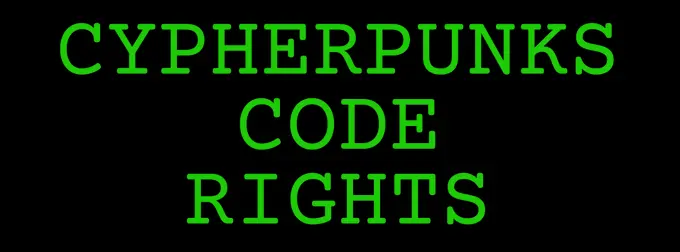
Pythia Was a Trip
Pythia was the title of the high priestess of the Temple of Apollo at Delphi. She specifically served as its oracle and was known as the Oracle of Delphi, serving as Apollo’s mouthpiece.
Her contemporaries understood her powers to be supernatural. Modern scholars offer a different explanation – Pythia’s insights were hallucinogenic in nature, coming from an upwelling of natural gas.
In plain English, Pythia was high out of her mind.
High On Hopium
‘Hallucinogenic’ is also an apt description for today’s oracles in DeFi; DeFi oracles are in a similar position – hallucinating prices based on the hopium fumes of retail.
Protocols have lost a combined $394 million from oracle and price manipulation exploits since the advent of DeFi in 2020.
Oracles can be manipulated directly, where an oracle bribes or becomes the oracle to report a false price, or indirectly, where the price of illiquid token is manipulated, and the oracle simply passes on manipulated info.
The former we call “oracle manipulation” – the oracle is manipulated directly; the latter we call “price manipulation” – oracles simply report.
Price manipulation exploits are the most common economic vulnerability in DeFi. They are commonly attributed to thin liquidity, but this is symptomatic of an even deeper root cause.
Mark-to-market fallacies
Mark-to-market valuation is an accounting practice borrowed from TradFi.
Shares outstanding are valued at their last traded price to produce “market cap” – the total value of a stock.
It’s a crude way to value assets, and it makes a terrible assumption – that infinite demand exists for the asset at the last traded price.
Demand curves aren’t flat.
Furthermore, demand for financial assets is reflexive – demand for an asset decreases as more of it is sold.
Mark-to-market valuation is a useful accounting tool, and only works in traditional finance because in TradFi, these types of exploits are prevented (partly) by regulations – market manipulation is illegal.
In crypto, that doesn’t matter – code is law.
Rogue actors exist and take advantage of exploits as they’re coded. There is no way to stop them which preserves permissionless and credible-neutrality – two of blockchains’ core properties.
Any exploits that can happen, will happen, regulators be damned.
TardFi
As US regulators explore more lax restrictions, censorship-resistance is taking a back seat to “open finance” putting TradFi onchain.
Leading up to this, the trend of taking TradFi money through Silicon-Valley-washout VCs has already caused problems, turning what was formerly decentralized DeFi into “TradFi, but worse.”
Part of the problem is the profitability of bona fide scams built on the mark-to-market assumptions. VCs – those who would know best, would prefer to allow such faulty premises as mark-to-market valuation of assets to perpetuate trends like “low float, high FDV” at token launch, which inflates valuations long enough for them to dump on retail for an easy 10x.
The rest is simple lack of awareness – reasoning by analogy is imperfect; builders in crypto have the opportunity to build new primitives, from first principles.
In doing so, we should employ an inversion of Chesterton’s Fence – if you don’t know why a fence was built, don’t tear it down.
Similarly, if you don’t understand why a system was used, don’t copy it when building from scratch.
Conclusion
DeFi presents an alternative to the existing financial system – it is not merely a recreation of it “onchain.”
Building zero-to-one requires new patterns.
This also require new metrics to support reasoning about protocols which are not manipulable.
A few examples:
- Nic Carter’s realized cap
- Eric Waisanen’s loan-to-liquidity
- Our own “chair ratio” – the ratio of unlocked supply to available exit liquidity
To tie it back to the original point, DeFi oracles can’t help but hallucinate when the foundations they’re built on are unsturdy, steaming with hopium gas.
At Token Dynamics, we reason from first principles, focusing on solid fundamentals to build a sturdy foundation for DeFi.
- With @hoyu_io to refine their protocol: a novel, oracleless lending protocol that makes bad debt impossible
- Designing @nuonfinance’s v2 with a veto-based governance to resist common governance attack patterns
In the process, we build valuable systems and help investors exit by ensuring deep liquidity with our tokenomics strategies.
Value creation through new protocols is not zero-sum – everybody wins.
If you’d like our help with your token, protocol, send us a message – we’ll tell you how you can improve the outcomes that matter and build from first principles – for the next century, not just the next cycle.




















